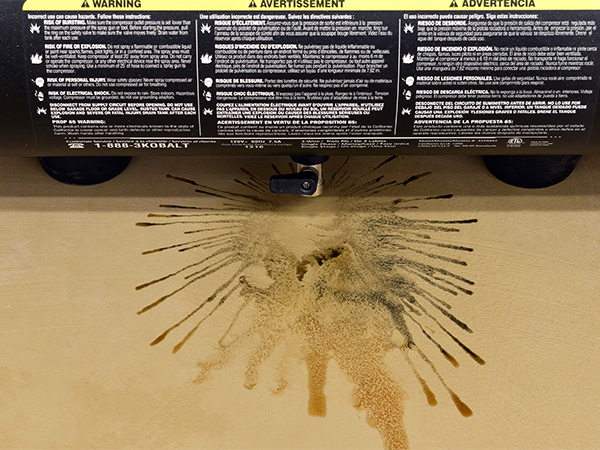
All compressors accumulate condensed water, which can rust a compressor’s tank if not drained regularly. And, yes, the water always looks nasty.
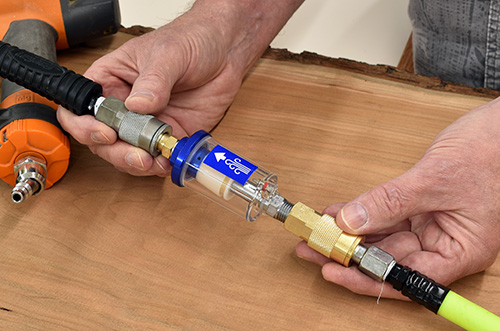
To keep liquids from entering tools, an inline filter – installed between the compressor and tool – help minimize the amount of water traveling through the hose.
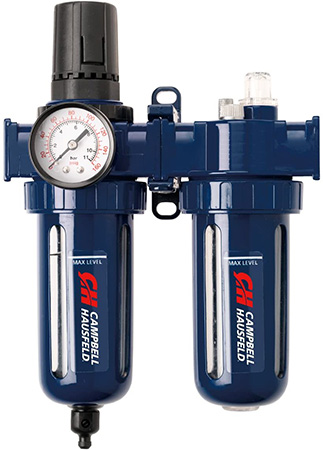
A filter can also be installed permanently near a compressor, with all air being filtered no matter which hose or tool is attached. This model includes an auxiliary pressure regulator.
Condensed water is an inevitable side effect of compressed air. Most collects at the bottom where it can be drained off, but some finds its way into the hose and through the tool. For this reason, all tool manufacturers recommend putting a few drops of lubricating oil in the tool’s connector before use to mitigate moisture-caused rust.
Performance-wise, the amount of moisture passed through the hose isn’t a huge issue for fastening tools, but water traveling through sprayers applying paint or a final finish to a project can ruin the finish.
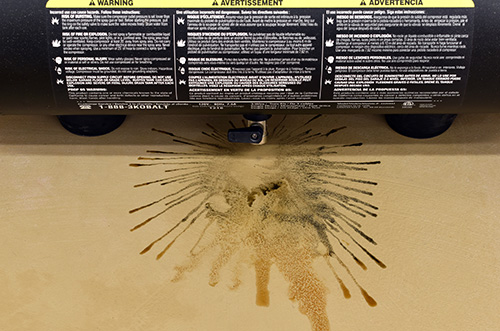
Water can be handled a couple of ways. For shops with air plumbing, water traps can be installed at low points in the airline to collect water through gravity. A drain valve at the bottom of the trap releases collected water.
For hoses, you can install an inexpensive inline water filter that collects not only water, but also any dust or small debris (like tiny rust flakes from the compressor) sent through the hose. These simply screw in place between the hose and tool, or two sections of hose.
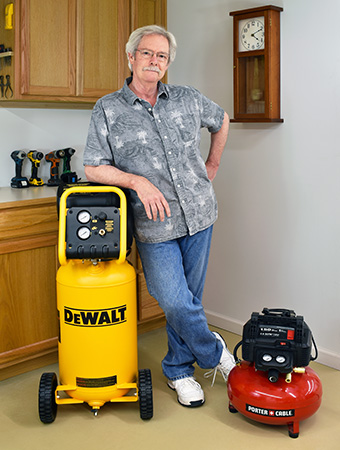
For a more permanent solution, a larger filter can be mounted to the wall at any point in an air run – either a hose or plumbing. These are larger filter assemblies with higher capacity for trapping water and debris, but function the same way. Some of these include an auxiliary regulator that can be used in place of the one on the compressor. This can be handy when mounted away from the compressor and closer to the work area or, if using multiple hoses or plumbed airlines, each line can be regulated separately. High-end versions can include an oiler, useful for shops that regular use air tools frequently (but not sprayers) to constantly keep them lubricated.





